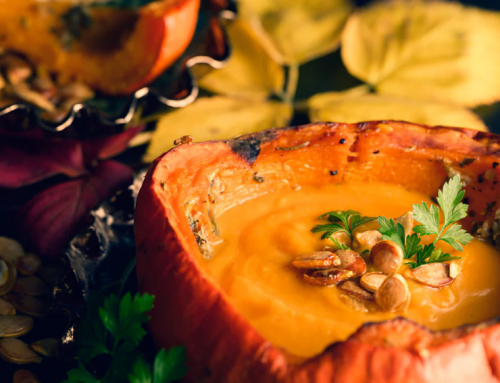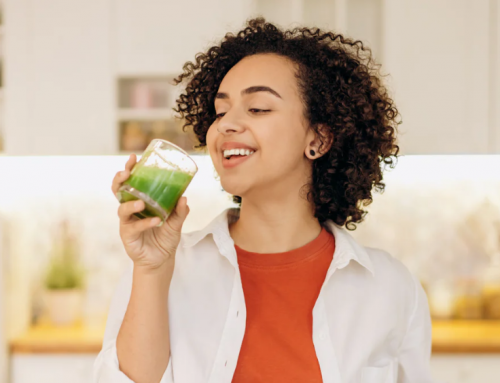The cold and independent cat, the honest and reliable dog, the lively little rabbit… These small animals with innocent big eyes and fluffy hair are just like babies, and people will poke their hearts at a glance. Especially those who live alone will have a deeper feeling.
The continuous growth of people living alone has attracted more attention to pets that can bring spiritual comfort to people, and has also driven the growth of various pet market segments, among which the pet food market has reached a scale of 100 billion.
So, what more potential healthy raw materials are waiting to be discovered in the pet food market? What are their health benefits? Which products can it be applied to?
01 Sodium Hyaluronate: Beneficial for Pet Skin Care
Among them, sodium hyaluronate, which is known as a “hydrating artifact”, has also begun to shine in the pet food market while benefiting mankind. According to relevant research, sodium hyaluronate is beneficial to pet skin and hair.
The application of this raw material in foreign pet markets has matured. In Japan, the United States, the United Kingdom and other countries, it can be used in pets’ daily food and health care products. In the domestic market, although sodium hyaluronate was approved for use in pet food as early as 2018, due to the cognitive impairment of consumers, the pet food market has less application of it.
02 Astaxanthin: the key to bright pet hair
Like sodium hyaluronate, a raw material that can beautify pet hair is astaxanthin. Astaxanthin is a keto carotenoid that is widely present in the biological world. It has the same antioxidant capacity as carotenoids, and at the same time, it plays an important role in the metabolism in animal cells.
By improving the physiological functions of animals and improving the utilization rate of nutrients by animals, astaxanthin can promote the renewal of skin cells and make pet hair more bright and shiny. American pet brand Jumei launched astaxanthin fish oil soft capsules online, claiming that it can beautify pet hair.
Introducing astaxanthin to the European pet food and animal feed markets thanks to Sweden’s AstaRealAB, which launched astaxanthin from the microalgae species Haematococcus pluvialis, a microalgae-derived astaxanthin that can be better Combined with other nutrients, it can be used in pet products such as dry and wet food, extruded treats, soft capsules and other products.
The health benefits of astaxanthin for pets and the application of astaxanthin in the European pet food market may allow it to enter the domestic pet food market in the future.
03 Persimmon extract: an important ingredient in oral care
Different from the health benefits of the above two raw materials, persimmon extract will be more biased towards the oral health problems of pets. Oral problems are the most common health problems that plague pets such as cats and dogs. According to Kerry research data, dental health problems affect 76% of dogs and 68% of cats.
The persimmon extract rich in persimmon tannin can solve this problem. This raw material is widely used in the Japanese market. In the pet market, it can be used in the field of pet food, such as molar sticks, pet oral cleaning and other products. Helps keep your pet’s mouth clean while removing bad breath.
Although the research on this ingredient in the domestic market is in the preliminary stage, some pet brands have seen its value. Among them, the edible tooth cleaning water and tooth cleaning powder launched by the domestic pet care brand Cature Xiaoke all claim to have added persimmon extract, which is suitable for pets with peculiar smell in the mouth.
The high incidence of oral problems in pets proves that persimmon extract is very valuable in oral cleaning. In addition, domestic pet food brands have noticed this raw material, which shows that it will have more applications in the domestic market in the future.
04 Probiotics: Pet Gut, Guardian of Emotional Health
A health issue that is more important than oral health is gut health. According to the “2021 White Paper on Pet Medical Care in China”, gastrointestinal problems are the first in pet health problems, and nearly half of pet owners have been troubled by pet gastrointestinal health problems.
Under such circumstances, probiotics used in human food and beverages that are beneficial to intestinal health have also begun to gain favor in the pet food market. Many pet food manufacturers use probiotics to support pet gastrointestinal health.
In addition, in the pet food market, probiotics can also play a role in pet mood, immunity, weight and other aspects, and can be used in pet staple food, nutritional supplements, pet treats and other products.
The pet nutrition supplement launched by the pet nutrition brand Weishi claims to have added probiotics, and said that it is beneficial to the pet’s intestinal health, can regulate the balance of flora, inhibit harmful bacteria, and at the same time, it can make pets say goodbye to problems such as fecal odor and bad breath.
Probiotics, a raw material with high consumer awareness, are more easily accepted by consumers when added to pet food. At the same time, because they have other effects on pets besides intestinal health, such as immunity, mood, etc. Health benefits, which make probiotics more valuable.
05 Turmeric: The “Guardian” of Pet Joint Health
Pet owners should not ignore the joint health of pets while paying attention to the above health problems. Like humans, pets may have joint problems as they age. Turmeric may be able to help with joint health in pets.
Turmeric is a flowering perennial plant that has been used in the past as a colorant in pet food because of its bright orange-yellow color. In recent years, it has appeared in pet food in the form of “functional additive”, which is considered to be beneficial to the health of the bones and joints of dogs and cats. At the same time, turmeric, as a plant-derived raw material, will be more recognized by consumers. There are many advantages of turmeric in pet food, it will have a stronger ability to attract gold.





